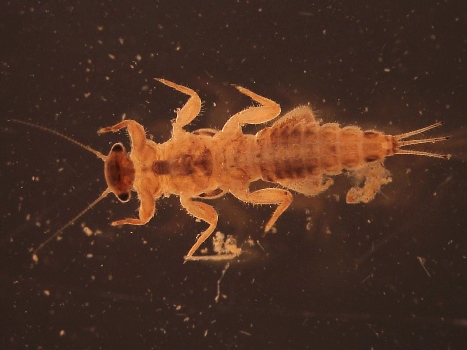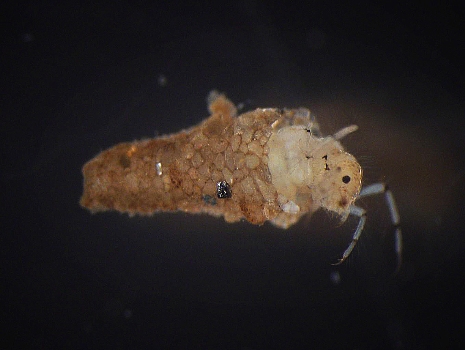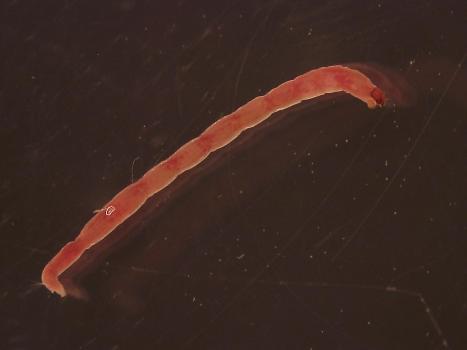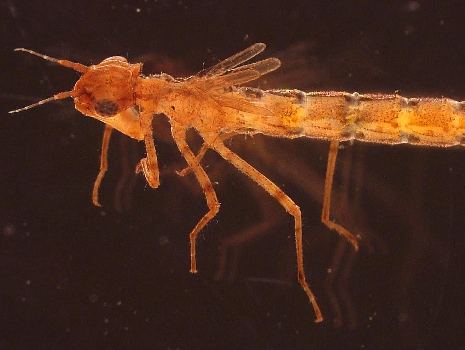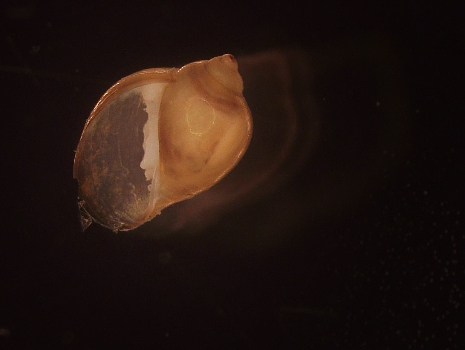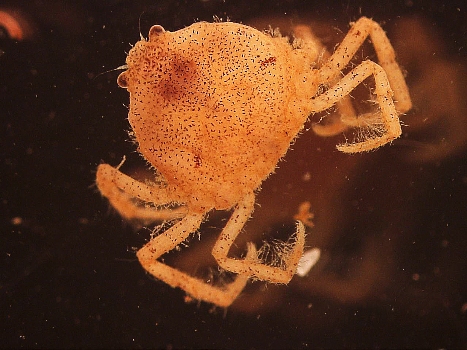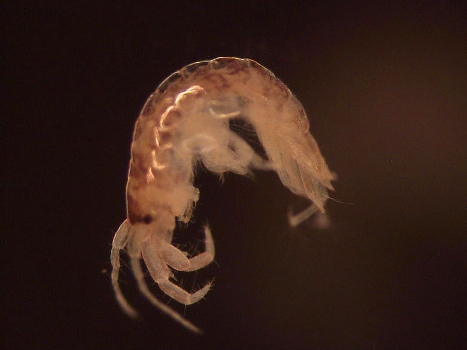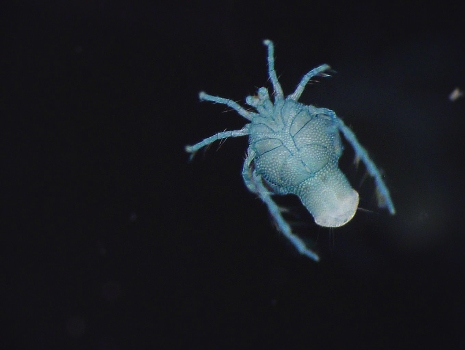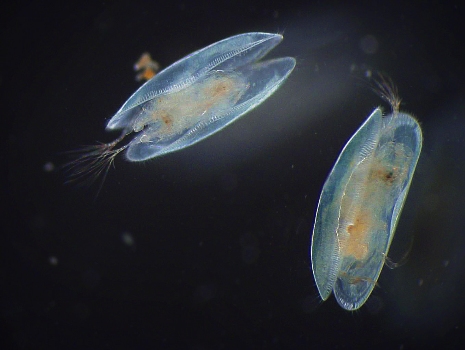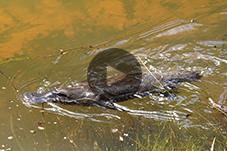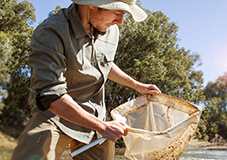Who lives here?
Biodiversity of the River
The Hawkesbury-Nepean River is rich with biodiversity, both animals and plants.
Biodiversity, short for biological diversity, is the variety of all living things; the different plants, animals and micro organisms, the genetic information they contain and the ecosystems they form. These three levels work together to create the complexity of life on Earth.
Who lives here?
Bass
The Australian Bass which is a native flagship species of the Hawkesbury-Nepean River. Adults feed on terrestrial insects from riparian vegetation in summer and on aquatic insects and shrimps that live in aquatic vegetation. Mature adults migrate from freshwater to estuaries to spawn in winter. Migration triggered by autumn floods or increased in stream flow.
The main threats are altered water flows, artificial barriers (weirs, floodgates, dams and causeways), loss of aquatic and riparian vegetation as well as removal of in‐stream snags.
Birds
The Hawkesbury-Nepean River is also a flagship area with native and exotic birds. The river is home to a number of water birds such as ducks, river hens, pelicans, herons, ibises and spoonbills. There are also a variety of birds that live on the fringes of rivers like eagles, kookaburra, owl and frogmouth.
It has been found that changes in hydrologic system of rivers and loss of habitat have had severe consequences for birds that depend on riparian habitat.
Bugs
Image Gallery (please click the image above to view gallery). Photographs taken by Pinto Mihindukulasooriya
Rivers, creeks and wetlands are home for many small animals called macroinvertebrates or water bugs. These animals generally include insects, crustaceans and molluscs. Some aquatic macroinvertebrates can be quite large, such as freshwater crayfish or yabbies, however, most are very small. They all can be seen without a microscope and don't have a backbone. Macroinvertebrates are very important for the ecosystem to function as many other species such as fish, birds, platypus and turtles rely on them as a food source.
Macroinvertebrates are very important in determining water quality. Different species of macroinvertebrates can be used to indicate the water quality depending on their 'sensitivity values'. Each type of macroinvertebrates has a different sensitivity to pollution, some being robust and able to live in highly polluted water and others sensitive and not able to live in polluted water. This enables us to assign 'signal grades' based on their sensitivity to pollution, with higher grades for sensitive macroinvertebrates and lower grades for those that are tougher and can live in polluted water.
For example, if we sampled a section of a creek and found macroinvertebrates with a high signal grade and in high numbers (abundance), we could infer the water quality was reasonable, however if we found low abundance and the macroinvertebrates had low signal grades, it would indicate the water might be polluted.
Find out more about macroinvertebrates by reading StreamWatch Bug Guide (opens in a new window). For more information on sampling macroinvertebrates (opens in a new window).
Platypus
The platypus was first recorded by European colonists in 1797 near the Hawkesbury River. Platypus are monotremes, they are unique in that they are one of three egg laying mammals found in the world and are only found in Australia. The once plentiful Platypus, can no longer be found in the many parts of the river system it use to inhabit.
Although the platypus still occupies the same general distribution as it did at European settlement, there is some evidence of localised declines and fragmentation of populations due to human modification of its habitat such as dams and weirs. However, as there is currently no reliable method to accurately estimate population size in platypuses and few long term studies, it is difficult to detect changes in populations.
The platypus is a protected species throughout Australia. Platypus sightings provide important information relating to the distribution and status of the species. Sightings can be reported to the APC online (opens in a new window).
Mobile options:

